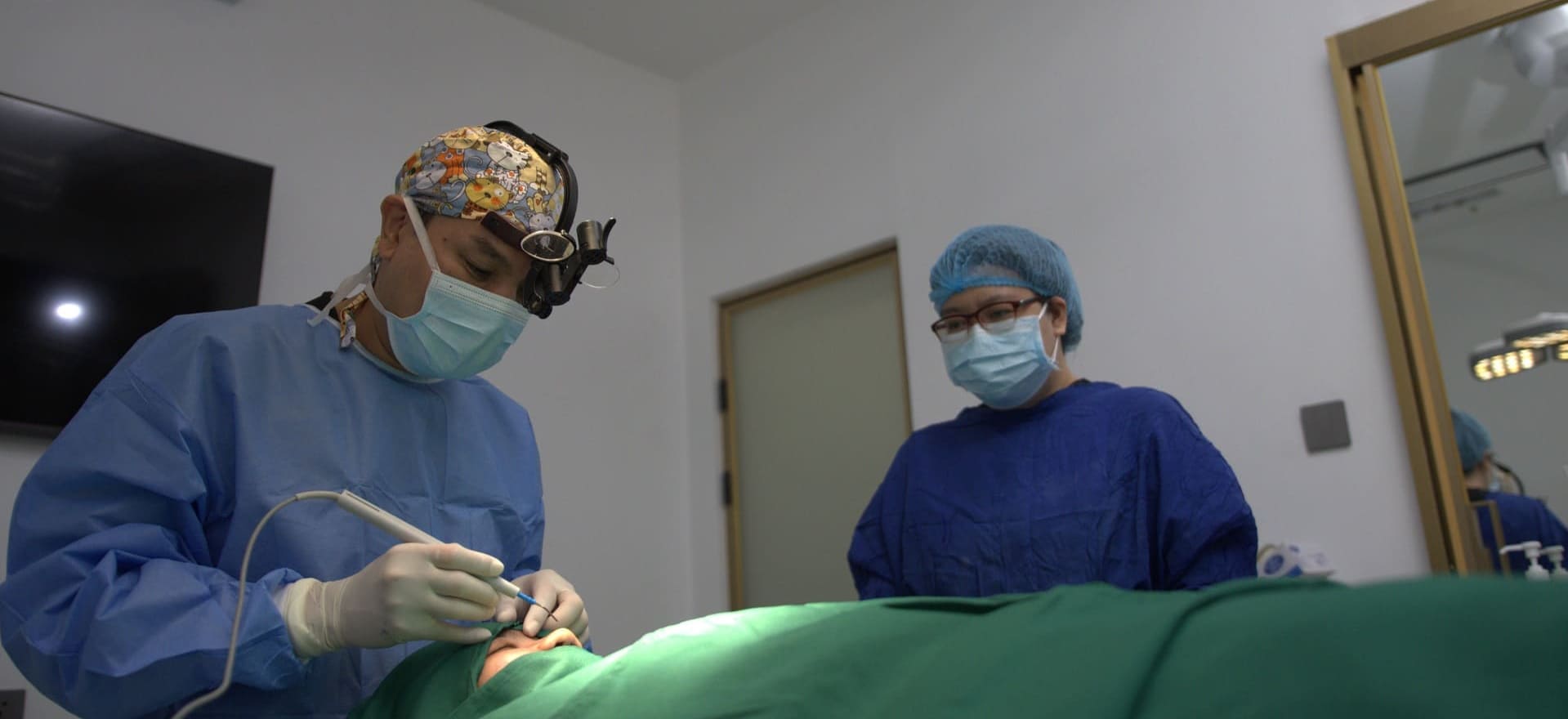
Otoplasty
What is Otoplasty?
Otoplasty is a cosmetic surgical procedure that reshapes, repositions, or resizes the ears to create a more balanced and natural appearance. It is most commonly performed to correct prominent ears—often referred to as “bat ears”—or to address congenital deformities and structural irregularities caused by injury or previous surgery.
The procedure is typically performed under local anesthesia, with or without sedation, or under general anesthesia for younger patients. A discreet incision is made behind the ear to access the cartilage, which is then sculpted, folded, or repositioned to bring the ear closer to the head. In some cases, excess skin is removed, and internal sutures are placed to secure the newly contoured shape. The goal of otoplasty is to reduce the prominence of protruding ears, improve facial symmetry, and restore confidence through a more harmonious profile.
Pre-Procedure Guidelines
To prepare for a safe and smooth surgery, please follow these instructions closely:
1. Medical Clearance & Health Disclosure
Complete all required laboratory tests and medical clearance.
Inform your surgeon about any medical conditions, prior ear surgeries, allergies, or current medications.
2. Medication Reminders
Stop taking blood-thinning medications (e.g., aspirin, ibuprofen, vitamin E, herbal supplements) at least 7–10 days before surgery, unless advised otherwise.
Continue essential maintenance medications (e.g., for hypertension or diabetes) as directed by your physician.
Notify us before taking any new supplements or over-the-counter medications.
3. Lifestyle Restrictions
Stop smoking at least 2 weeks before surgery to improve healing and reduce risk of complications.
Avoid alcohol intake 48 hours before surgery.
4. Day of Surgery Preparation
Do not eat or drink anything after midnight before the surgery if sedation or general anesthesia is planned.
Wear comfortable, loose-fitting clothing with a front opening (avoid pullovers).
Do not wear makeup, earrings, or hair products.
Have someone accompany you and drive you home after the procedure.
5. What to Prepare at Home
Headband or compression garment (if advised by your surgeon)
Mild cleanser or hydrogen peroxide
Cotton balls and sterile gauze
Prescribed medications (fill ahead of time)
Extra pillows for sleeping with head elevation
Post Procedure Guidelines
Following these instructions will support proper healing and minimize complications after your ear surgery:
1. Wound Care & Dressing
Keep the post-surgical dressing dry and intact for the first 24–48 hours.
You may be asked to wear a protective headband or compression garment over the ears for support, especially while sleeping. Wear as directed by your surgeon (often 24/7 for the first week, then nightly for several weeks).
After removing the initial dressing, gently clean the area around the incisions with hydrogen peroxide or distilled water and cotton.
Keep the incision area dry at all times unless instructed otherwise.
2. Swelling & Bruising
Expect mild swelling, bruising, and discomfort around the ears. These should improve gradually over 5–10 days.
To minimize swelling:
Sleep with your head elevated above heart level using extra pillows for the first week.
Avoid bending over or lowering your head for prolonged periods.
3. Activity Restrictions
Avoid strenuous activities, heavy lifting, or exercise for 2 weeks.
Do not engage in contact sports or activities where the ears might be bumped or pulled for at least 6 weeks.
Avoid wearing glasses or sunglasses that rest directly on the ears for at least 2–3 weeks, or use soft padding if necessary.
4. Pain & Medications
Take all prescribed medications as directed, including antibiotics and pain relievers.
Do not take any unapproved medications or supplements without first consulting your surgeon.
Avoid alcohol while taking pain medication.
Do not smoke, as it impairs healing.
5. Signs to Watch Out For
Contact the clinic immediately if you experience:
Excessive or increasing pain not relieved by medication
Redness, warmth, or foul-smelling discharge at the incision site
Fever or chills
Sudden swelling, bleeding, or separation of the wound
